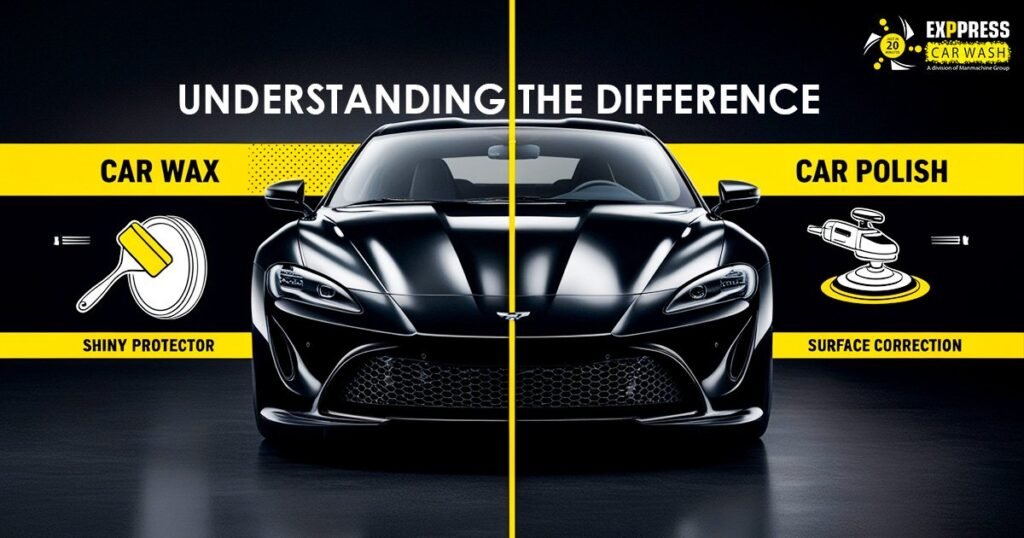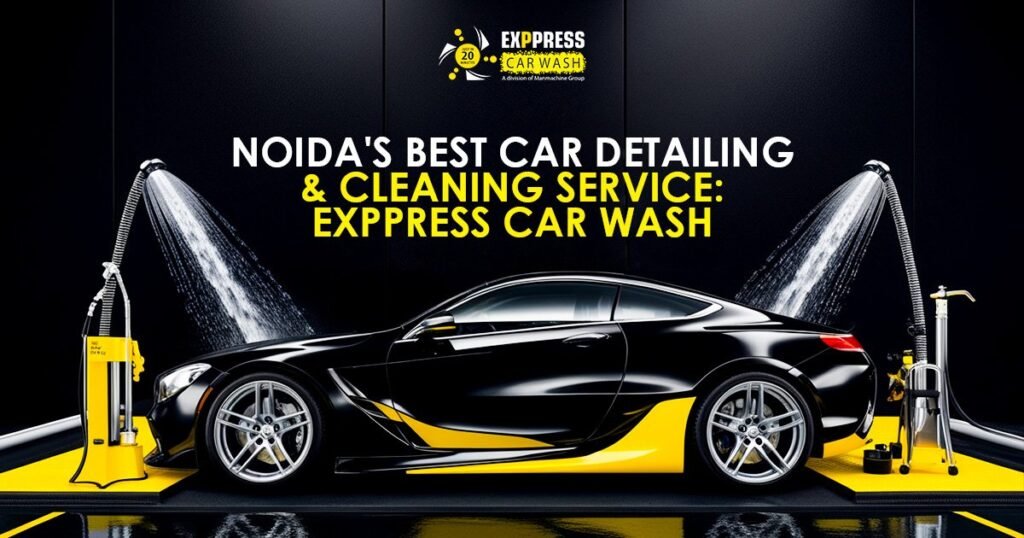How To Safely Wash a Car: The Detailers Guide

Car detailing franchise and car wash businesses require a thorough understanding of how to properly wash a car. It may seem like a simple task, but without the proper techniques and products, washing a car can lead to scratches, swirl marks, and other damages that will harm the vehicle’s appearance. In this blog, we’ll outline the best practices for safely washing a car, including the tools and products you’ll need to ensure a thorough cleaning without causing any harm to the vehicle.
A car detailing franchise allows entrepreneurs to enter the automotive service industry with the support of a proven brand. Franchisees benefit from expert training, access to high-quality products, and operational support, enabling them to offer premium services like paint correction and interior restoration. This business model reduces startup risks and helps build customer loyalty, making it an ideal choice for those passionate about vehicle care.
Tools Needed:
Before getting started with the Car Wash process, it’s important to gather all the necessary tools and equipment. Here’s what you’ll need: –
- Bucket: You’ll need at least two buckets, one for soapy water and the other for clean water to rinse your sponge or mitt. Make sure the buckets are large enough to fit your sponge or mitt and have a handle for easy carrying.
- Wash Mitt or Sponge: Choose a soft, non-abrasive mitt or sponge to wash your car. Avoid using a brush, as it can scratch the paint.
- Car Shampoo: Choose a shampoo that is specifically designed for washing cars. Avoid using dish soap or other household cleaners, as they can strip the wax and harm the paint.
- Hose: A garden hose with a nozzle attachment will work best for rinsing off the soap.
- Microfiber Towels: You’ll need several soft, clean microfiber towels for drying the car.
- Wheel Cleaner: If your car has dirty wheels, you may need a specialized wheel cleaner to remove brake dust and grime.
- Tire Glaze: To give your tires a glossy finish, you’ll need a tire shine product.
Step-by-Step Guide:
Now that you have all the necessary tools and products, it’s time to start washing your car. Here are the steps to ensure safe and effective cleaning: –
Step 1: Rinse the Car
Start by rinsing the car with a hose to remove loose dirt and debris. Be sure to get the wheels and undercarriage as well. This will help prevent scratching the paint during the washing process.
Step 2: Wash the Wheels
If your car has dirty wheels, use a specialized wheel cleaner and a separate wash mitt or sponge to clean them. Rinse thoroughly with a hose before moving on to the rest of the car.
Step 3: Wash the Car
Prepare two buckets, one filled with car wash shampoo / soapy water and the other with clean water. Dip your wash mitt or sponge into the shampoo or soapy water and begin washing the car from the top down, working in small sections to avoid the soap from drying on the car’s surface. Rinse your mitt or sponge in the clean water bucket after each section and wring it out before dipping it back into the shampoo or soapy water. Be sure to focus on any particularly dirty areas, such as the front grille or lower parts of the car.
Step 4: Rinse the Car
After washing the entire car, use a hose to thoroughly rinse off all the soap. Make sure to thoroughly rinse the wheels and undercarriage too.
Step 5: Dry the Car
Use a soft, clean microfiber towel to dry the car. Begin from the top and proceed downwards, making sure to cover every area without leaving any spots. Be sure to dry the wheels and undercarriage as well.
Step 6: Apply Tire Glaze
If you want to give your tires a glossy finish, apply a tire shine product according to the manufacturer’s instructions.
Advanced Car Washing Techniques:
Here are some advanced techniques that can help you achieve a showroom-quality finish and make your customers’ cars look like new.
- Two-Bucket Method: The two-bucket method is a popular technique used by professional detailers to reduce the risk of scratching the paint. It involves using two buckets, one filled with soapy water and the other with clean water for rinsing. After washing each section of the car with soapy water, the mitt or sponge is rinsed in the clean water bucket before being dipped back into the soapy water. This helps prevent dirt and debris from getting back onto the sponge or mitt and scratching the paint.
- Foam Bottle: A foam bottle is an attachment that connects to a pressure washer hose and sprays a thick layer of foam onto the car. The foam helps lift and loosen dirt and grime, making it easier to wash off. It also reduces the risk of scratching the paint by providing a lubricating layer between the sponge or mitt and the car’s surface.
- Clay: Mafra Clay is a specialized product that is used to remove contaminants that are stuck to the car’s paint, such as tar, sap, and industrial fallout. It works by gently pulling the contaminants off the surface of the paint, without scratching it. Detailing clay should be used before washing the car, as it can leave behind residue that needs to be washed off.
- Waterless Wash: Waterless wash products are designed to clean the car without the need for water. They contain a blend of lubricants and surfactants that lift dirt and grime off the paint, allowing it to be wiped away with a microfiber towel. Waterless wash products are great for cleaning cars in areas where water is scarce or restricted, such as in drought-prone regions.
- Ceramic Coating: Ceramic coating are a type of protective coating that can be applied to the car’s paint to provide long-lasting protection against UV rays, acid rain, bird droppings, and other environmental contaminants. They create a hard, glass-like surface that is extremely hydrophobic, meaning that water beads up and rolls off the surface of the paint, taking dirt and grime with it. Ceramic coatings are a popular add-on service for car detailing franchises, as they provide a high level of protection and can command a premium price.
By incorporating these advanced techniques and products into your car washing process, you can differentiate your car detailing franchise or car wash business from the competition and provide your customers with a superior level of service.


